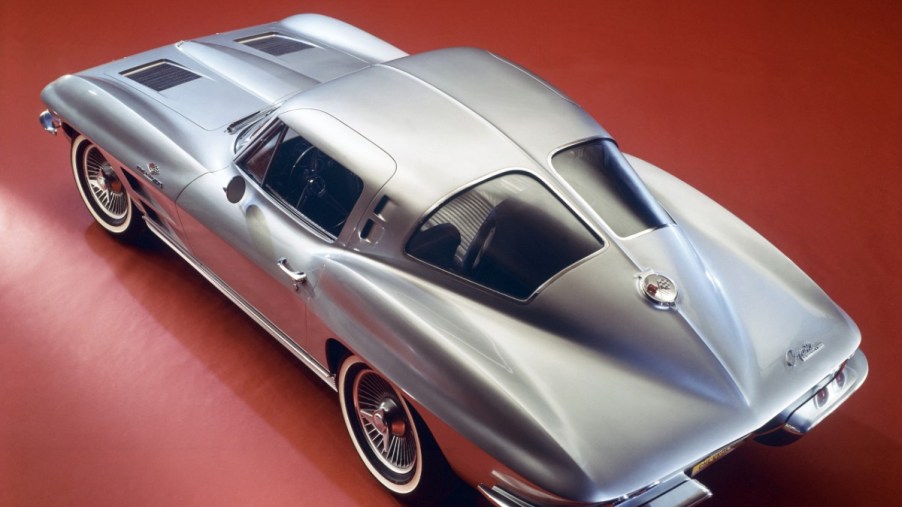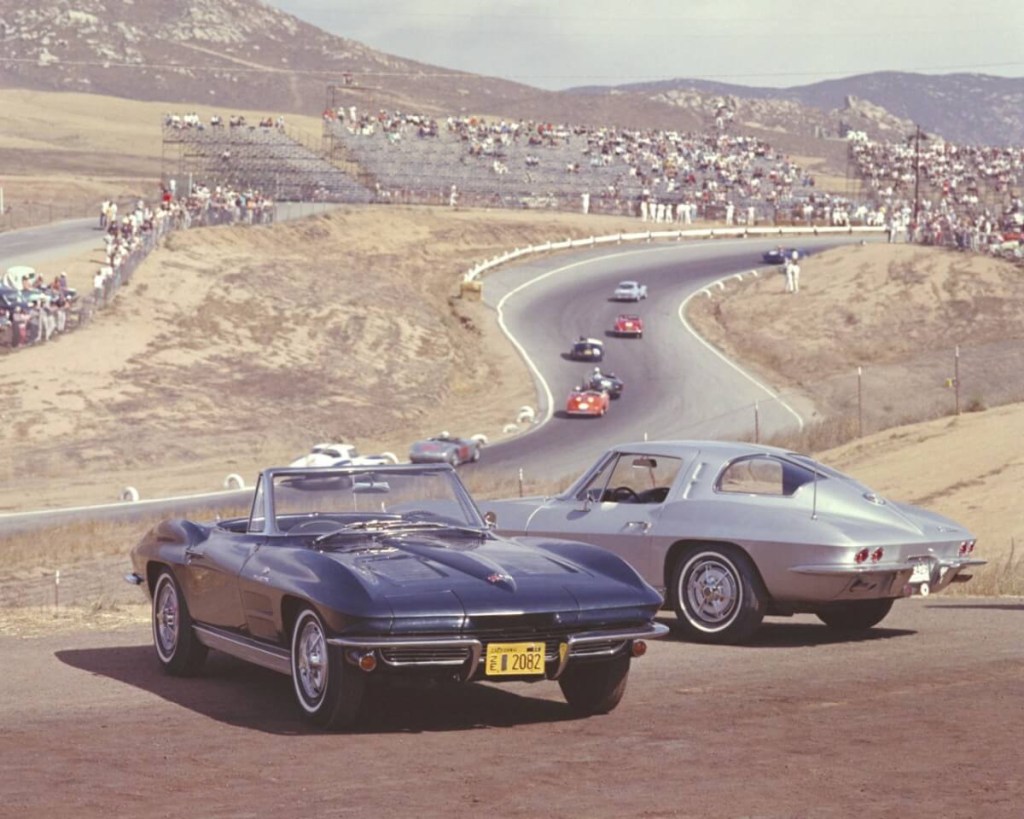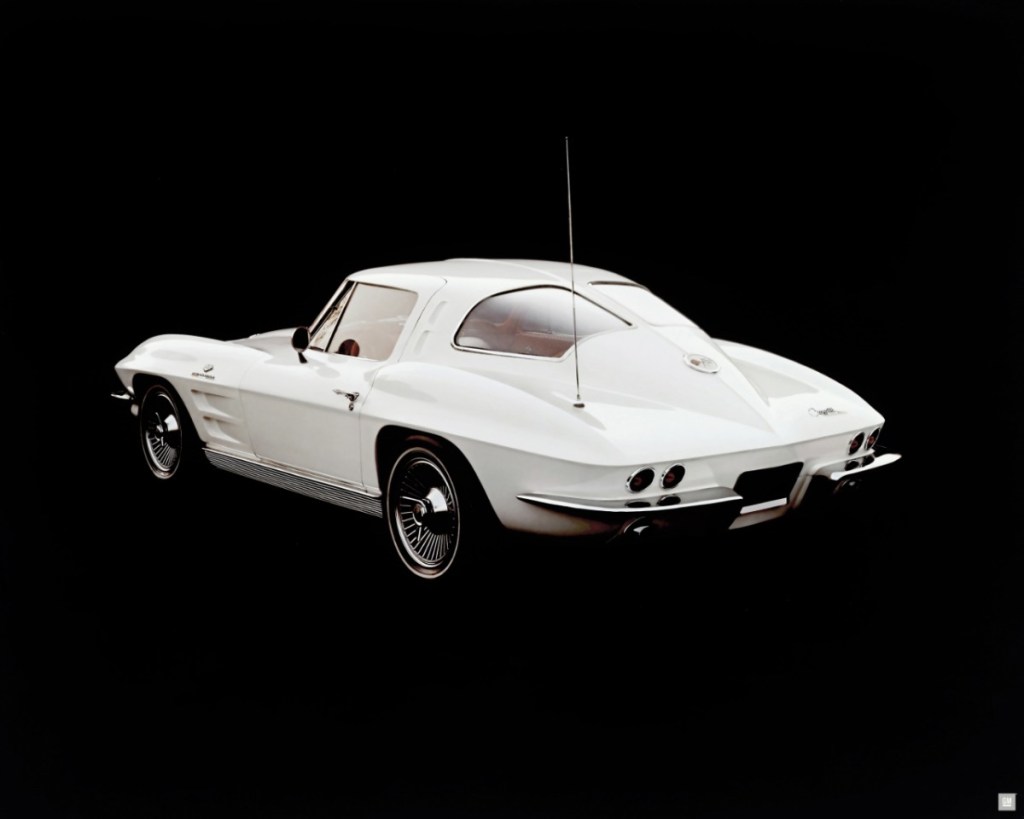
1963 Corvette: Great Year for Rock N’ Roll and Chevy Sports Cars
1963 was as interesting of a year for the Chevrolet Corvette as it was for rock n’ roll. The Beatles captivated a generation with “I Want to Hold Your Hand,” and the Corvette adopted a second generation with a split window that split fans. So, what made the 1963 Corvette Sting Ray C2 such a remarkable chapter in the story of America’s sports car?
What is special about the 1963 Corvette?
The 1963 Chevrolet Corvette is the first model year for the second-generation model (C2). Additionally, the 1963 model was the first to carry the iconic “Sting Ray” moniker, a name synonymous with many historic ‘Vettes from the C2, C3, C7, and C8 models.

Of course, the Stingrays in later generations deleted the space between “Sting” and Ray,” making the title a single-word affair. Moreover, the 1963 model year is the first iteration in the nameplate’s long history to incorporate hideaway headlights. In the case of the little Chevrolet roadster model, the headlamps are “pop-up” units, meaning they rotate up and back to reveal lamps.
Better yet, the 1963 Chevrolet model was the first-and-only model year with a factory split window, a feature sports car savant Zora Arkus-Duntov wasn’t keen on.
How many 1963 Corvette Sting Ray “Split Windows” were made?
Chevrolet produced over 10,000 Corvette Sting Rays with split windows in 1963. However, the split window didn’t survive into the second C2 model year. Instead, the 1964 Corvette returned to a single, curved pane for its rear windshield.

Still, Zora Arkus-Duntov’s dissenting opinion and safety concerns over compromised rearward visibility killed the split-window setup by the 1964 model’s release. Unlike the iconic split-window design of the 1963 model, follow-on C2 models kept the pop-up headlights that would continue to be a staple through the end of the C5’s tenure in 2004. Of course, the split-window coupe wasn’t the only model that year; a convertible with a removable hardtop was a popular Corvette option for the first C2.
What was the biggest engine in a 1963 Corvette?
The 1963 Chevrolet Corvette packed a fuel-injected, 327 cubic-inch V8 producing an impressive 360 horsepower. Additionally, CorvSport says the first C2 model offered three carbureted V8s rated at 250, 300, and 340 horsepower.
How much is a 1963 Corvette worth?
The 1963 Chevrolet Corvette is a bona fide collector’s car, especially with the split-window construction. According to Hagerty, the 250-horsepower Sting Ray with a split window has a good-condition value of around $92,700.
Moreover, the 360-horsepower coupe could be worth about $147,000 in good condition. However, the famed “big-tank” Z06 model demands as much as $471,000 in good condition.



